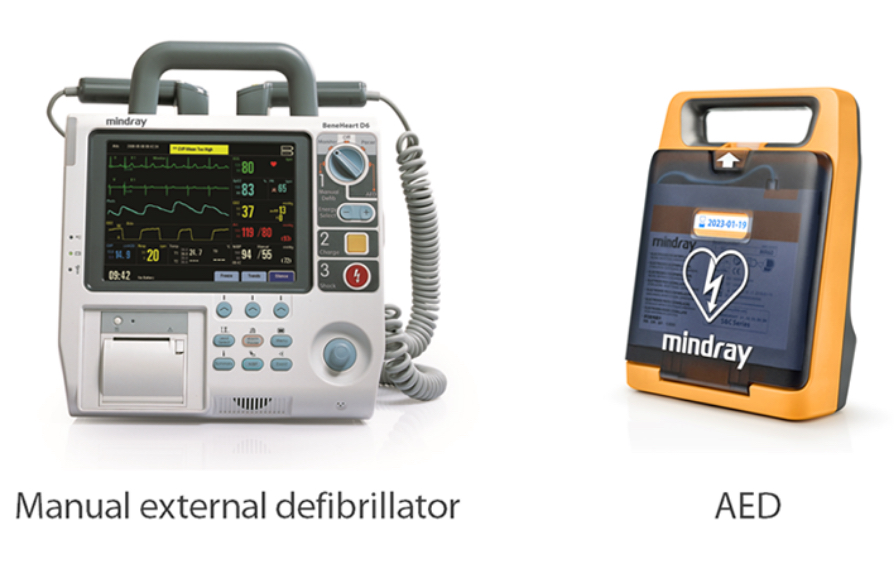Defibrillators & Diagnostic Equipment: Vital Tools for Immediate Medical Response
Defibrillators and diagnostic equipment are essential in medical settings, enabling healthcare professionals to quickly assess, diagnose, and treat patients. These tools are critical for monitoring vital signs and delivering immediate treatment in emergencies. Automated External Defibrillators (AEDs), blood pressure monitors, and stethoscopes are key components that healthcare providers, paramedics, and emergency responders rely on for effective patient care.
1. Automated External Defibrillators (AEDs)
Automated External Defibrillators (AEDs) are life-saving devices used to restore normal heart rhythm in patients experiencing sudden cardiac arrest (SCA). AEDs are designed to be user-friendly, with clear voice prompts and visual instructions to guide even untrained bystanders in delivering a shock if necessary. These devices are widely used in public spaces, hospitals, and emergency medical services to treat patients in critical need of defibrillation.
Key Features:
- Simple, user-friendly interface with step-by-step voice prompts
- Automatically analyzes the patient’s heart rhythm and determines if a shock is needed
- Lightweight and portable, ideal for use in public spaces and emergency situations
- Fast response time to maximize chances of survival in SCA events
- Battery-powered for reliable use in emergencies
2. Blood Pressure Monitors
Blood pressure monitors are essential diagnostic tools used to measure the force of blood against the walls of arteries, providing important information about cardiovascular health. Available in digital and manual models, these devices allow healthcare professionals to assess a patient’s heart health, monitor for hypertension, and make informed decisions about treatment plans. Digital blood pressure monitors are particularly popular for home use, while manual monitors are commonly found in clinical settings.
Key Features:
- Accurate readings of systolic and diastolic blood pressure
- Available in both digital (automatic) and manual (mercury or aneroid) models
- Digital models often come with large, easy-to-read displays and memory storage for multiple readings
- Comfortable cuffs designed for ease of use
- Suitable for use in both clinical and home care environments
3. Stethoscopes
Stethoscopes are essential diagnostic tools used by healthcare providers to listen to internal body sounds, particularly heartbeats, lung sounds, and bowel movements. A stethoscope is indispensable in the detection of abnormal sounds, such as heart murmurs or lung wheezing, which can help in diagnosing various conditions. High-quality stethoscopes feature excellent acoustic performance, comfort, and durability, making them essential for doctors, nurses, and other medical professionals.
Key Features:
- High-quality acoustic performance for precise auscultation of heart and lung sounds
- Comfortable ear tips and adjustable headsets for long-term use
- Available in a variety of styles, including single- and dual-head options
- Lightweight and durable design, ideal for everyday clinical use
- Noise reduction features to enhance sound clarity in noisy environments






Reviews
There are no reviews yet.